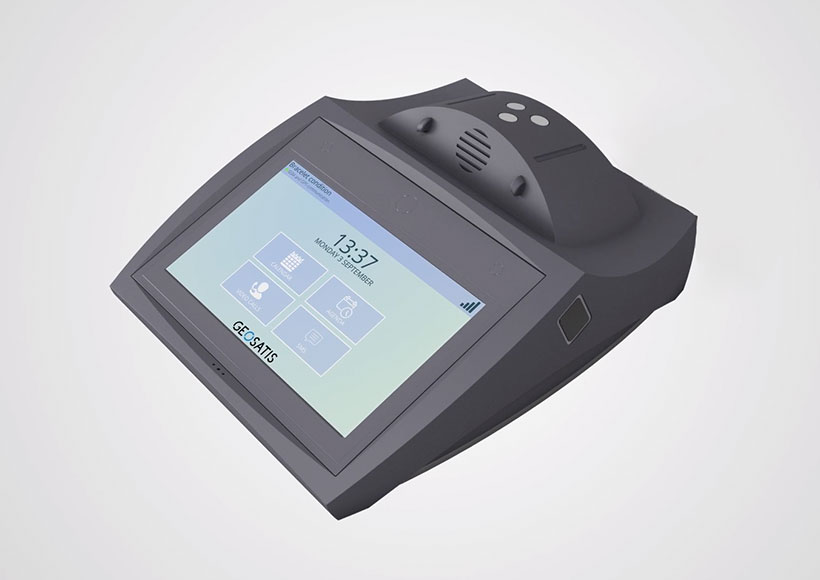After a series of high-profile terrorist attacks involving previously incarcerated extremists during the last half-decade, “prison radicalisation” is an increasing concern within many countries in Western Europe and North America. Many analysts and policymakers consider prison radicalization, the process by which detained or incarcerated individuals “increasingly adopt violent ideas and goals”, to be a major factor in how the threat of terrorism will unfold over the next decade.[1]
The nature and infrastructure of prison lend itself to be a potential landscape for radicalisation. The prison environment can cause overall anger and frustration of being imprisoned, hostility to specific prisoner groups or prison staff, direct access to prisoners for introduction and requirement and support from extremist groups outside of prison.[2]
While governing bodies and prison administration work to manage and monitor this activity within the prison walls, efforts must also be made to ensure consistent monitoring of these “radicalised” individuals once they are released from prison and on parole.
For the supervision of these “radicalised” parolees re-integrating back into society, electronic monitoring becomes a critical tool, specifically GPS technology, to enable agencies to efficiently and confidently identify behavioural patterns and activities, while ensuring compliance with parole parameters.
José Demetrio, GEOSATIS’ founder and CEO, looked at the challenges of monitoring high-risk individuals in the community and decided a new revolutionary solution was needed. This was the genesis of the GEOSATIS device – a device that minimizes risks for supervising agencies.
Finding out whether newly released parolees are spending time in identified “risk” areas or identifying potential new risk areas is a necessity for supervising agencies and requires a durable and reliable GPS device to ensure location information is communicated consistently. While this information is important, even more critical is making every effort to minimize the likelihood of the parolee cutting the strap, removing the device and absconding. With this risk in mind, the GEOSATIS device was developed to minimize removals with a design that requires no straps, has a patented, secure titanium locking mechanism and reduces the opportunity for overall tampering.
Information and consistent supervision are key for the re-integration of individuals who have become radicalised while incarcerated – whether it is to confirm parole compliance, identify associations with known “risk groups” or to help integrate back into society. Consistent direct supervision efforts by corrections agencies, in conjunction with a GPS monitoring programme, offers a comprehensive approach to managing behaviour for these individuals’ path back into society.
[1] Clifford, Bennett (November 2018). Radicalization in Custody: Towards Data-Driven Terrorism Prevention in the United States Federal Correctional System (Program on Extremism). The George Washington University.
[2] Dealing with Radicalisation in a Prison and Probation Context (Practitioners Working Paper). RAN P&P.
GEOSATIS is a global leader in the manufacturing and delivery of end-to-end electronic monitoring and predictive analytics solutions for the criminal justice system. The company offers secure, reliable, convenient and cost-effective offender monitoring technology to enhance public safety, improve offender rehabilitation and reduce recidivism. GEOSATIS is a Swiss-based company that has recently established operations in North America, headquartered in the United States (Chicago area), with a team of industry veterans, expanding our research and development team and increasing our footprint across the globe.




